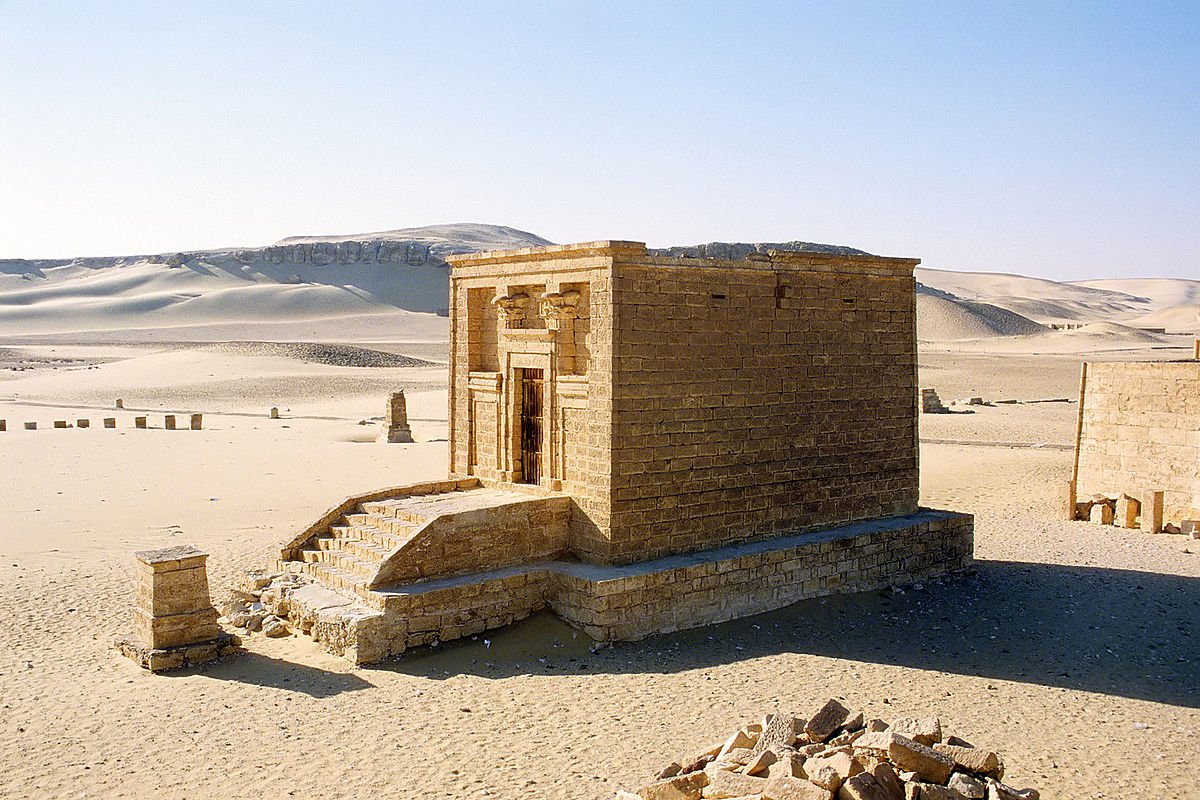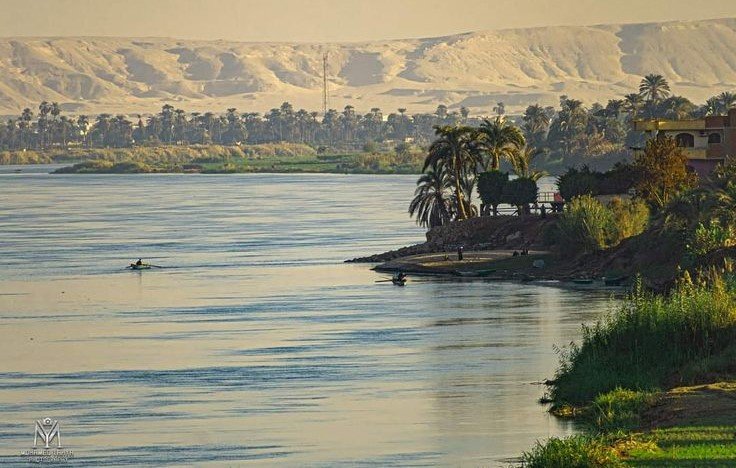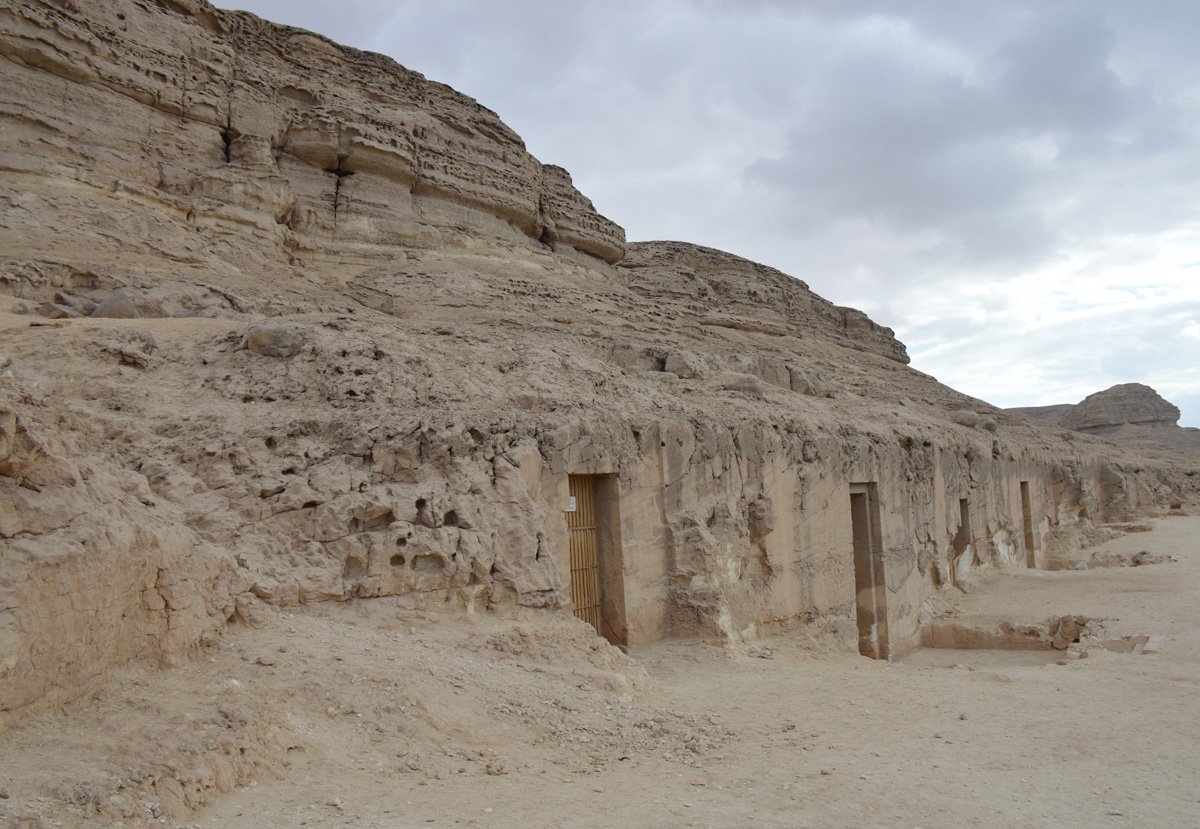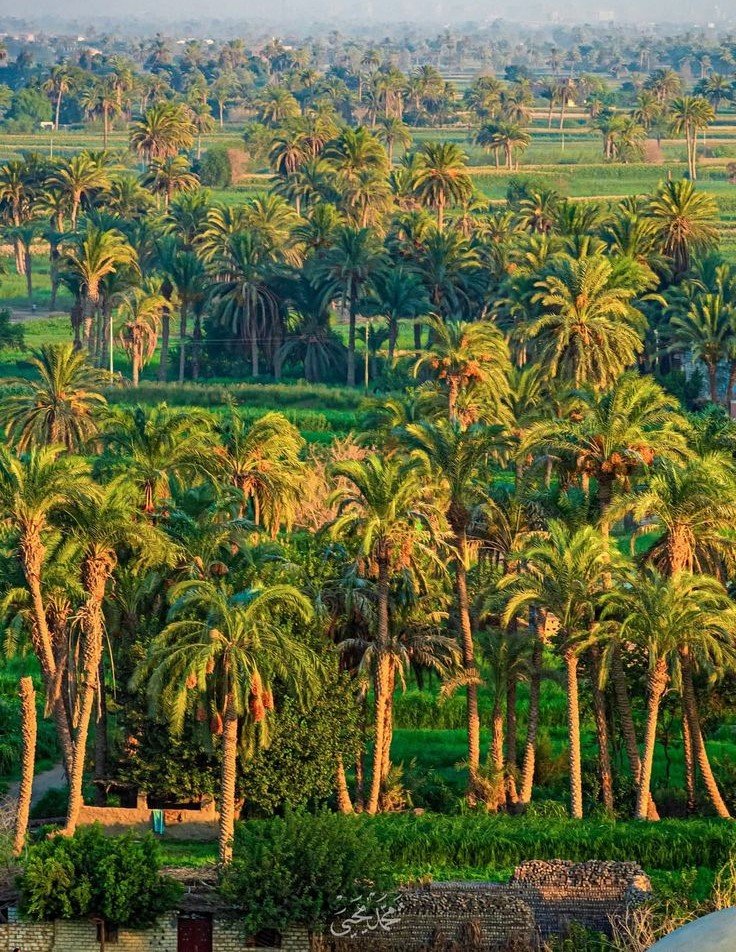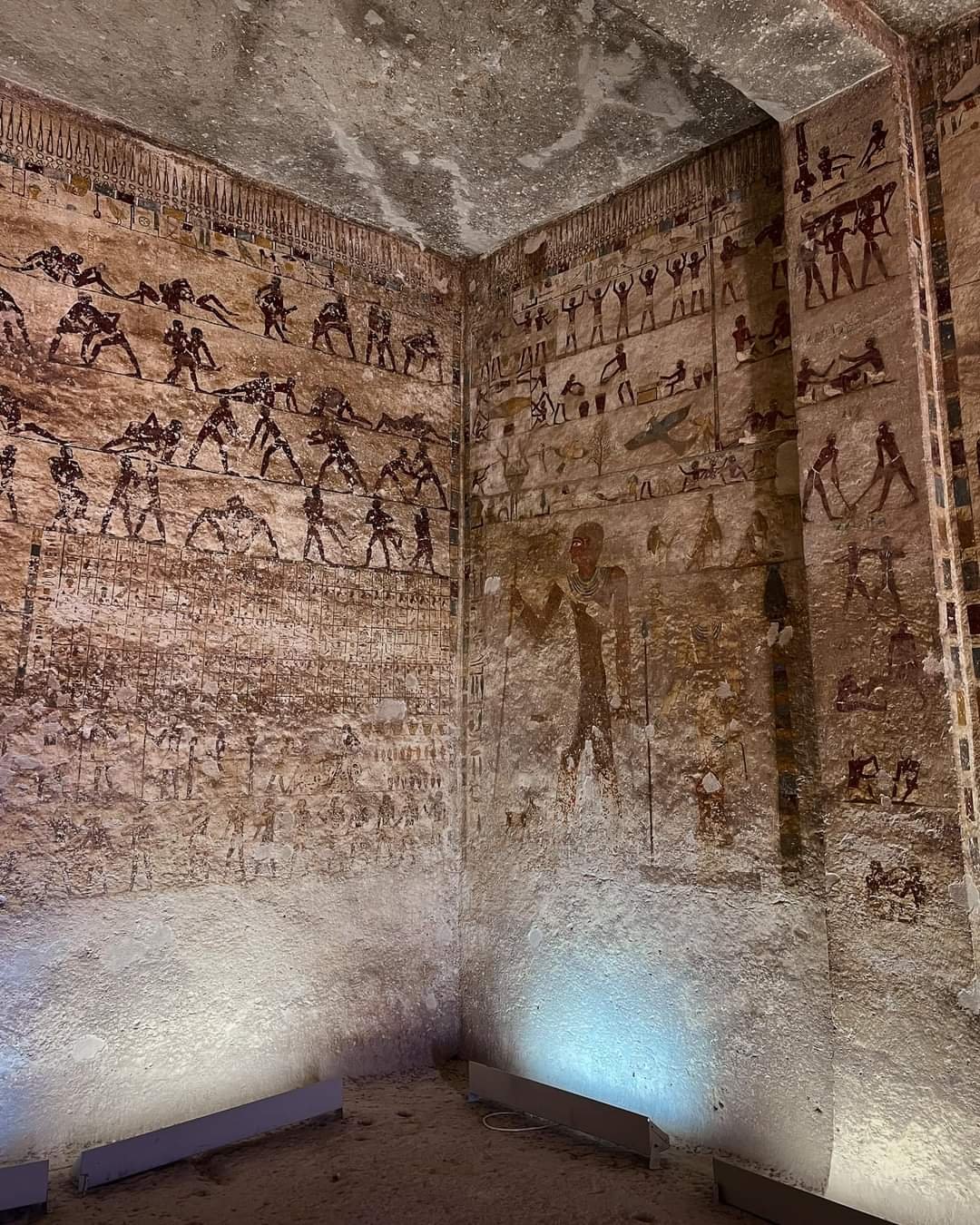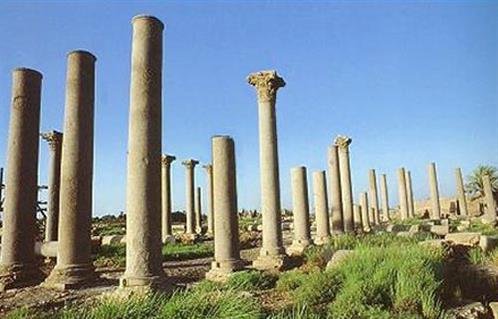Overview
Tucked along the banks of the Nile, about 245 kilometers south of Cairo, El Minya is a gateway to some of Egypt’s most fascinating but under-visited ancient landmarks. Known as the “Bride of Upper Egypt,” El Minya offers a striking contrast to Cairo’s bustle — a blend of lush farmland, peaceful river views, and a past steeped in religion, royalty, and revolution. A two-day journey from Cairo allows travelers to escape the capital’s chaos and dive into the heart of Egypt’s Middle Kingdom and New Kingdom legacies with enough time to explore comfortably and connect deeply with the land’s history.
🗓️ Day 1: Cairo to El Minya – Beni Hassan & Tuna el-Gebel
The adventure begins with an early morning departure from Cairo. At around 5:30 or 6:00 AM, you are picked up from your hotel or the airport in a comfortable, air-conditioned vehicle. As you leave the capital behind, the road to El Minya winds through the rural Nile Valley, offering views of green fields, water wheels, and sleepy villages that reveal a more traditional side of Egypt. After a 3.5 to 4-hour drive, you arrive at your first destination: the Beni Hassan tombs.
Perched on limestone cliffs overlooking the Nile, Beni Hassan is one of Egypt’s most important Middle Kingdom necropolises. These rock-cut tombs, dating to the 11th and 12th Dynasties (around 2000–1800 BCE), belonged to local governors, or nomarchs, who ruled over regional territories with considerable independence. What makes these tombs unique is the artistry inside — well-preserved wall paintings that illustrate everyday life, military training, wrestling, agriculture, and even interactions with foreign traders.
Visitors typically explore four tombs:
Baqet III, whose tomb is filled with detailed scenes of hand-to-hand combat and daily work,
Kheti, showing vivid depictions of animal husbandry and soldiers in formation,
Khnumhotep II, with one of Egypt’s earliest known depictions of Semitic traders arriving from Asia,
Amenemhat, known for agricultural themes and elegant painted columns.
After soaking in these cultural treasures — and enjoying stunning panoramic views of the Nile from atop the cliffs — the tour continues to the next major site: Tuna el-Gebel, about an hour’s drive from Beni Hassan.
Before the next tour stop, travelers typically pause for lunch in El Minya city. Whether in a local restaurant or as a picnic lunch arranged in advance, this is a good time to relax and enjoy traditional Egyptian dishes like lentil soup, grilled kofta, or falafel, often served with fresh bread and salad.
In the afternoon, you arrive at Tuna el-Gebel — the necropolis of the nearby ancient city of Hermopolis Magna. This vast burial site spans the Late Period to the Greco-Roman era (roughly 300 BCE to 300 CE), offering a very different perspective on Egyptian burial customs and religious belief. Here, visitors can explore:
The Tomb of Petosiris, which fuses Egyptian religious themes with Greek artistic styles — a clear sign of cultural blending during the Ptolemaic period,
The Tomb of Isadora, the beautifully decorated resting place of a young woman who drowned in the Nile — her mummy is still preserved in a glass case,
Animal catacombs, where ibises and baboons, sacred to the god Thoth, were mummified in the thousands,
Remains of temples, chapels, and Roman structures that once made this a vital spiritual center.
By late afternoon, the tour winds down and travelers return to El Minya city for check-in at a hotel. Lodging options range from basic to mid-range, but most provide comfortable accommodations for an overnight stay. The evening is yours to enjoy: some guests prefer a peaceful dinner at the hotel, while others opt for a riverside stroll along the Nile promenade or a visit to a local café to enjoy tea and fresh juice like locals do.
🗓️ Day 2: Tell el-Amarna – Return to Cairo
The second day begins with breakfast at the hotel, followed by an early checkout and departure for Tell el-Amarna, located on the eastern side of the Nile. A short drive through agricultural landscapes and small villages brings you to one of the most extraordinary ancient cities in Egypt — the former capital of Pharaoh Akhenaten.
Tell el-Amarna, known in ancient times as Akhetaten (“Horizon of the Aten”), was the center of a brief but radical religious revolution during the 18th Dynasty. Here, Akhenaten abandoned the traditional Egyptian pantheon and established a monotheistic religion centered on Aten, the sun disk. The city was built from scratch and then abandoned shortly after his death, leaving behind ruins that offer an untouched window into royal life, administration, and religion.
Visitors can explore:
The Great Temple of Aten and Small Aten Temple, where open-air worship of the sun god took place,
The Northern and Southern Tombs, where nobles and city officials were buried in cliff-cut tombs adorned with unique imagery of the royal family and the sun disk,
The Royal Palace and central city ruins, now mostly foundations but providing a clear layout of the city,
Optionally, the Royal Tomb of Akhenaten, located in a remote desert wadi, accessible by 4×4 or a short hike.
Exploring Tell el-Amarna typically takes 2–3 hours, depending on your interest level. The silence of the site and the surrounding desert makes this a surreal and contemplative place — especially knowing its historical importance in ancient religious thought.
After the visit, the group returns to El Minya for a final lunch before beginning the journey back to Cairo. The return drive offers time to rest, reflect, and enjoy views of the countryside once more. By evening, you arrive back in the capital and are dropped off at your hotel or the airport.

